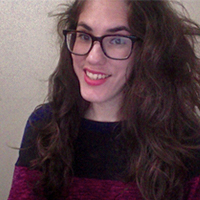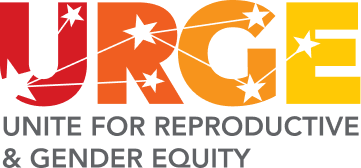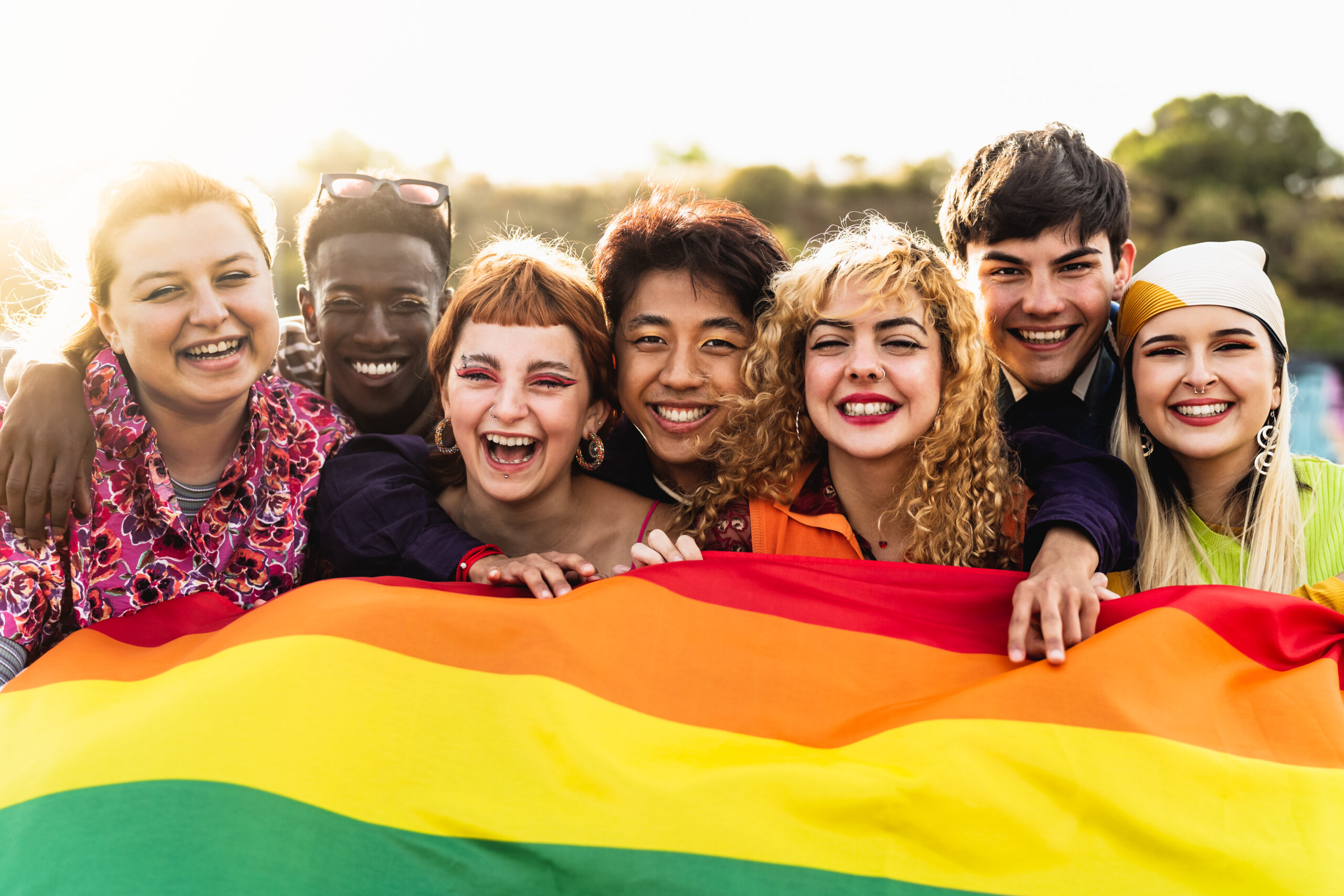Bridging Identities In The Newsroom

Being a journalism major at Texas State University, I look forward to the third week in October because every year it is designated as Mass Communication Week. Throughout the week mass comm professionals from all concentrations including journalism, advertising, public relations, and multimedia gather at my university to tell stories and share advice from within the professional world.
I attended many presentations, but the one that I was most excited to attend was titled, “LGBT and media coverage/ Diversity in the newsroom.” Having attended two mass comm weeks prior to this one it was the first time that I remember there being a specific space given to queer journalists.
The discussion was led by two people, Austin-American Statesman columnist Michael Barnes, and Texas State journalism student and University Star writer, Ernest Macias, who both tackled the intricacies that come with belonging to marginalized identity groups while simultaneously being reporters.
Barnes, with his 20 years of journalism experience, said that he’s seen the climate shift from when he started in journalism in the 80s when the AIDS epidemic was seen as an “existential threat to the community.”
By the 90s he was able to be freely out in the newsroom and didn’t face much discrimination. He did recall facing some “chilliness” from sports reporters whom he said, “didn’t know what to make of me.” But he soon settled in with them as well.
Macias attended the the National Lesbian and Gay Journalism Association Conference this past August and said that it really helped him feel comfortable bridging his multiple identities.
“Being in that environment opened my eyes to the fact that I can merge being gay and being a journalist,” he said.
Learning to incorporate his Hispanic identity as well is something Macias says he is still figuring out.
“Individuals come from all different backgrounds and it is about understanding how to incorporate them all and understanding that I can’t leave any of them out,” he said.
Barnes spoke about an assignment he received at the Statesman to cover the Hispanic community of Austin.
“Doing that would be impossible because the community itself is so diverse,” he said.
So he reached out to insightful Hispanics he knew and soon ended up with 50 personal accounts that Barnes turned into a special digital project that highlighted each individual and their responses.
Barnes said that he received many thank-you’s from participants who were appreciative that he allowed them to tell their own story instead of telling it for them.
“If you don’t let people tell their own story, it will get distorted,” he said.
Both Barnes and Macias expressed their recognition that the media climate we live in is becoming more accepting of LGBTQ individuals, with network shows across platforms having queer characters.
They both agree however that some representations are still exaggerated and don’t accurately portray the lives of queer people. Macias brought up an interesting point that the exaggeration through which queer characters were first presented in mainstream media was a way to introduce the unfamiliar to an audience in way that would be “harmless” to them. And as much as having media representation at all has helped to shift the conversation around LGBT people, in order for it to grow and expand even more we need to move away from caricatures and have queer people presented as just that, people.
Both men received many questions about how/if they incorporate the fact that they’re gay into their journalism and Barnes said something that I personally really identify with. He said, “Being gay is part of my identity but it’s not my only identity.”
I’m learning to incorporate my multiple identities into my journalism as well in order to make my writing more authentic and engaging. Along the way I’m learning that no one identity is more important than the other, that all of them combined contribute to shaping my overall self.

Age: 20 (21 Oct 31) School: Texas State University Major: Journalism, minor in Sociology Hometown: El Paso, TX Favorite writer: Chuck Palahniuk and Jodi Picoult …
More By This Author
